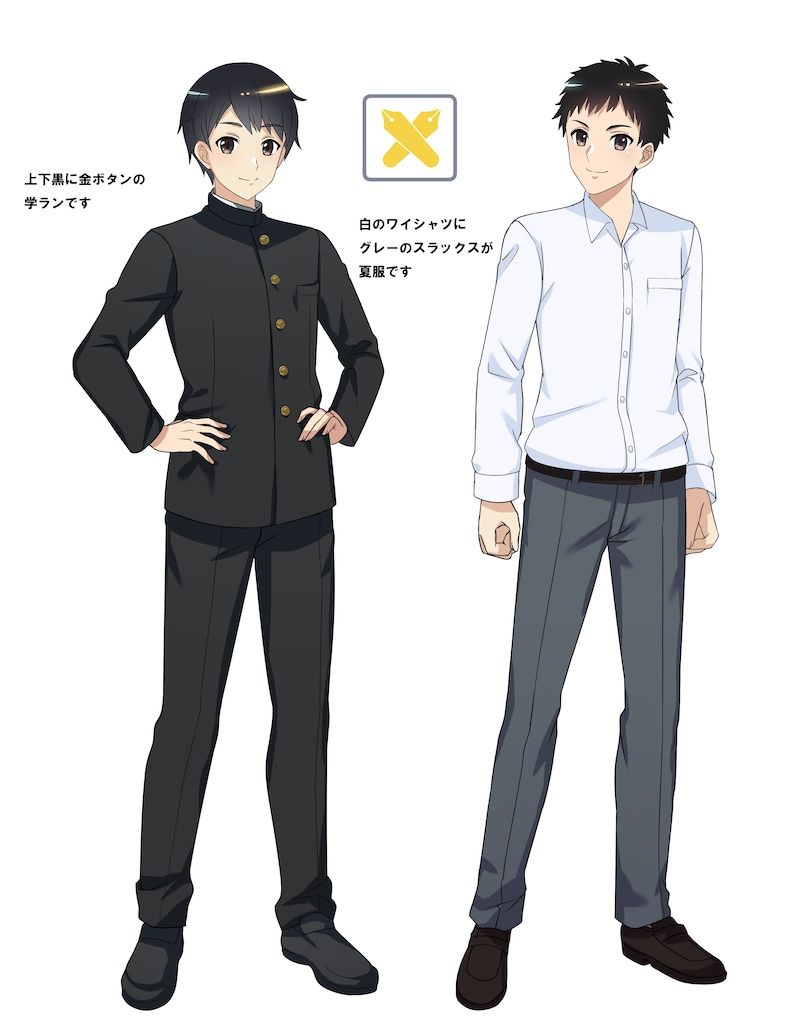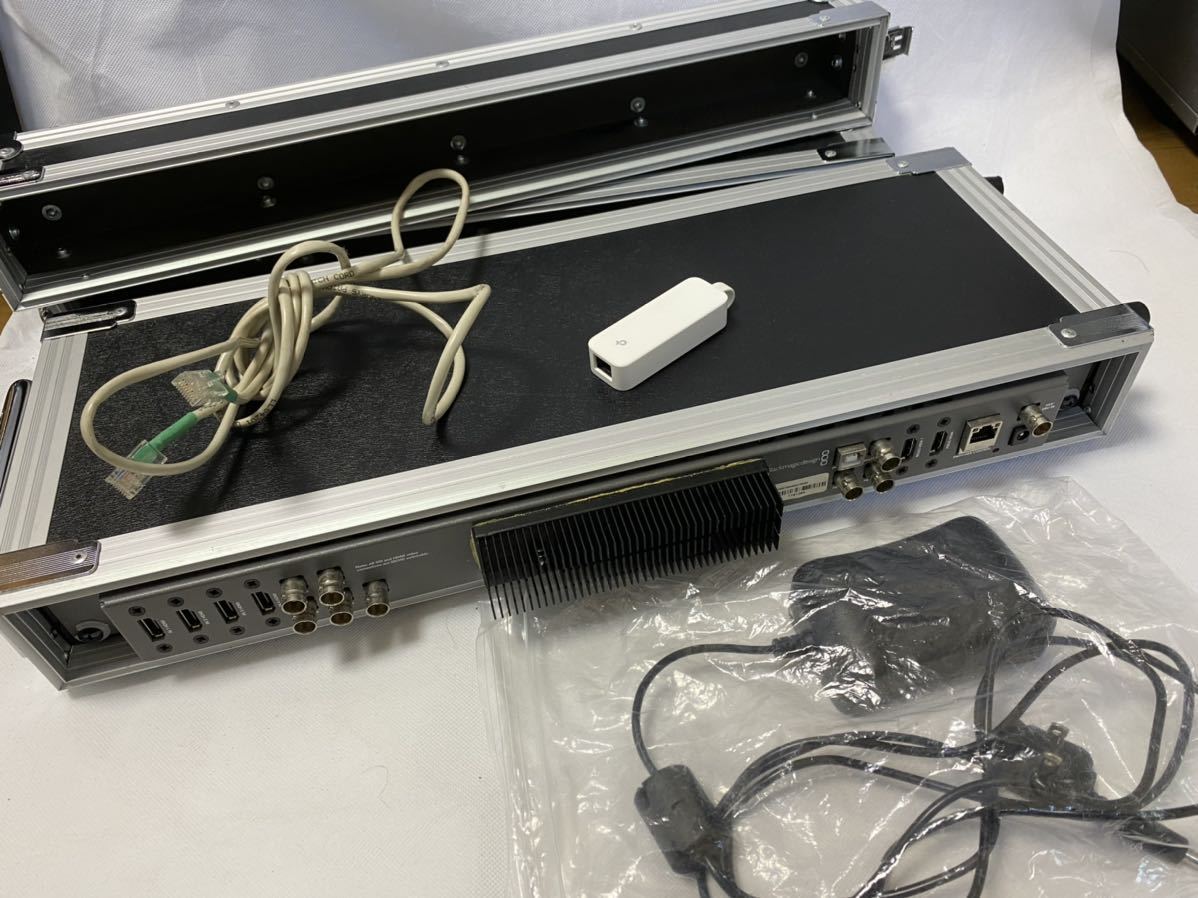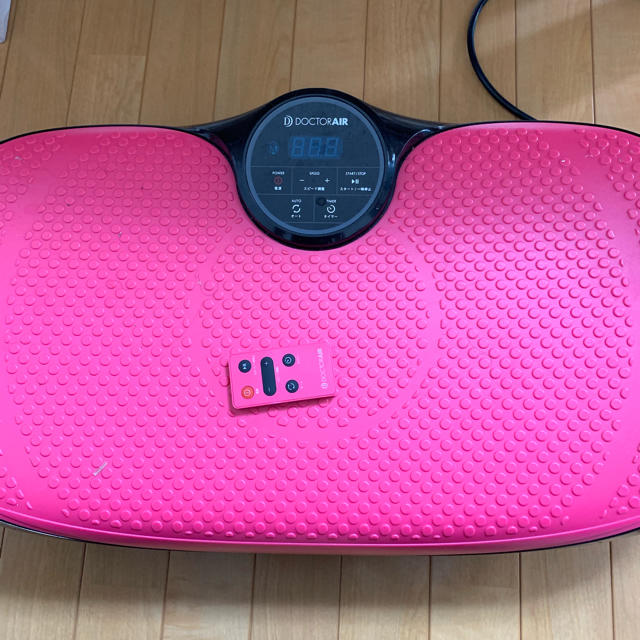
マイストア
変更
お店で受け取る
(送料無料)
配送する
納期目安:
06月20日頃のお届け予定です。
決済方法が、クレジット、代金引換の場合に限ります。その他の決済方法の場合はこちらをご確認ください。
※土・日・祝日の注文の場合や在庫状況によって、商品のお届けにお時間をいただく場合がございます。
慶應 高校学生服 学ラン 上下 175cm(¥18,000)の詳細情報
行事の時にしか着ていない(10-15日ほど)ので、ざっと見たところ目立った汚れなどはありません。袖のボタンの側面が少し摩擦で剥げています。(写真5枚目ご参照)また上下とも記名タグに記名してあるのでマジックで消してお送りします。すっとクローゼットにかけていました。これからクリーニングに出してお送りします。お急ぎでしたら1000円お値引きして、クリーニングに出さず、お送りします。
ベストセラーランキングです
近くの売り場の商品
カスタマーレビュー
オススメ度 4.3点
現在、2687件のレビューが投稿されています。








































